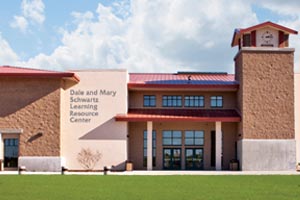

Welcome to the subject guide for Instructor Naegle's
Biology 201A class! Use the tabs above to navigate to different sections of this guide.
This brief video by Western University Library explains how to efficiently skim a research article.
When looking at a journal article to determine whether or not it is primary literature, look for the following common components of a primary research article: Peer-reviewed or Scholarly articles will include the following parts to the paper:
Abstract
Introdution
Literature Review
Materials and Methods
Main Body
Discussion
Conclusion
Bibliography/citations
Peer review is also interchangeable with the following terms
Peer reviewed, Scholaraly article, Primary Research, Academic Study, Original Research, Primary Literature, Research article.

To expand the image, right-click or Ctrl-click (Mac) on the image above, and choose Open image in new tab.
Graphic adapted from UC San Diego: http://ucsd.libguides.com/MCWP/sources
Primary literature contains the original research results reported by scientists.
Examples of Primary Literature in the Sciences:
Before research results are published in a scientific journal, they must pass a rigorous review process by other scientists, called peer review.
Image courtesy of Cal Poly Humboldt, University Library

Image and text courtesy of Understanding Science 101.
Four main types of primary literature in science are: original research articles, conference proceedings, technical reports, and patents, all of which present new data and methodologies from their creators. While the exact forms can vary, primary literature is distinguished by being the first published report of a new study, experiment, or idea by the researcher(s) who conducted it.
Original Research Articles
What they are: These are the primary format for reporting new scientific findings and are published in peer-reviewed scholarly journals.
Key features: They include the hypothesis, methodology, results, and interpretations of a study, as described by the original researchers.
Conference Proceedings
What they are: These are papers or presentations delivered at scientific conferences and often published either in advance of the meeting or as a special issue.
Key features: They provide early access to new research, though the level of editorial scrutiny may vary compared to journal articles.
Technical Reports
What they are: These are detailed documents that report on research, often internal research within an organization or work conducted under contract.
Key features: They are usually published and distributed by a specific institution or organization rather than a general academic publisher.
Patents
What they are: These documents provide information about new products or processes that have been invented.

Monday: 8 am - 8 pm
Tuesday: 8 am - 8 pm
Wednesday: 8 am - 8 pm
Thursday: 8 am - 8 pm
Friday: 8 am - 5 pm
 Circulation Desk: (805) 546-3155
Circulation Desk: (805) 546-3155
 Reference Desk: (805) 546-3157
Reference Desk: (805) 546-3157

Monday: 9 am - 8 pm
Tuesday: 9 am - 8 pm
Wednesday: 9 am - 8 pm
Thursday: 9 am - 8 pm
Friday: 9 am - 5 pm
 Circulation Desk: (805) 591-6211
Circulation Desk: (805) 591-6211
 Reference Desk: (805) 592-9410
Reference Desk: (805) 592-9410
For tech support requests, email support@cuesta.edu or call 805-546-3140
To check out textbooks, Chromebooks and WiFi hotspots, email circulation@cuesta.edu